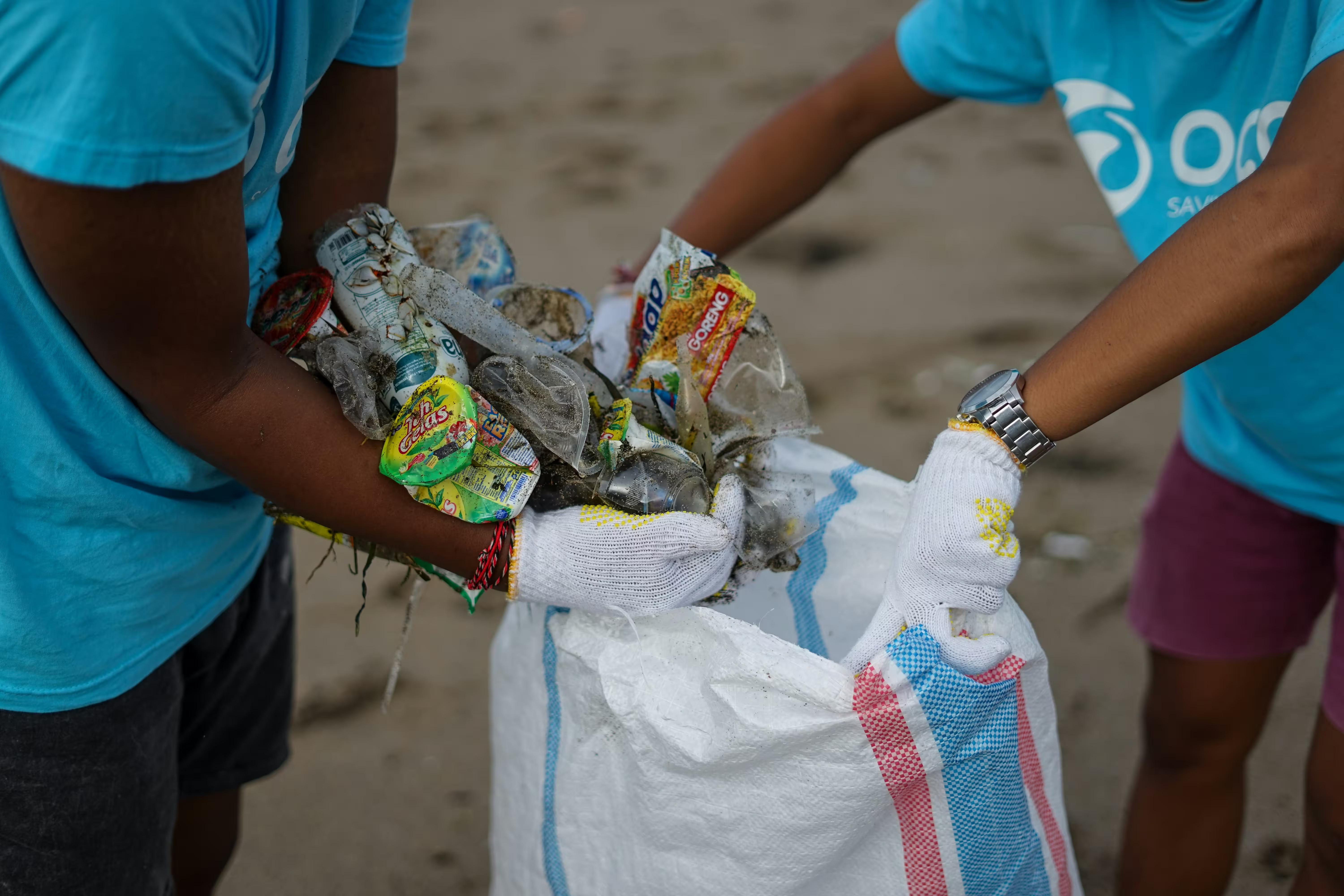The process of recycling prevents these waste materials from ending up in landfills or the environment, reducing pollution and emissions. Recycling also reduces the need to extract natural resources from the environment for new products, reduces carbon dioxide emissions, and conserves energy.
However, material sent to recycling does not always get recycled— only around 32% of all recycled material actually gets recycled! This number is even worse for plastics: only 5–6% of all plastics are recycled. This is due to many people’s incorrect recycling habits: many people throw non-recyclable plastics like plastic bags, packing peanuts, batteries, and straws in the recycling bin. Another issue is that there is a huge variety of plastics. Different types of plastics, with different chemical additives and dyes, are unable to be recycled together. Hopefully, by educating people about recycling through social media and other means, we can improve these numbers in the future.
